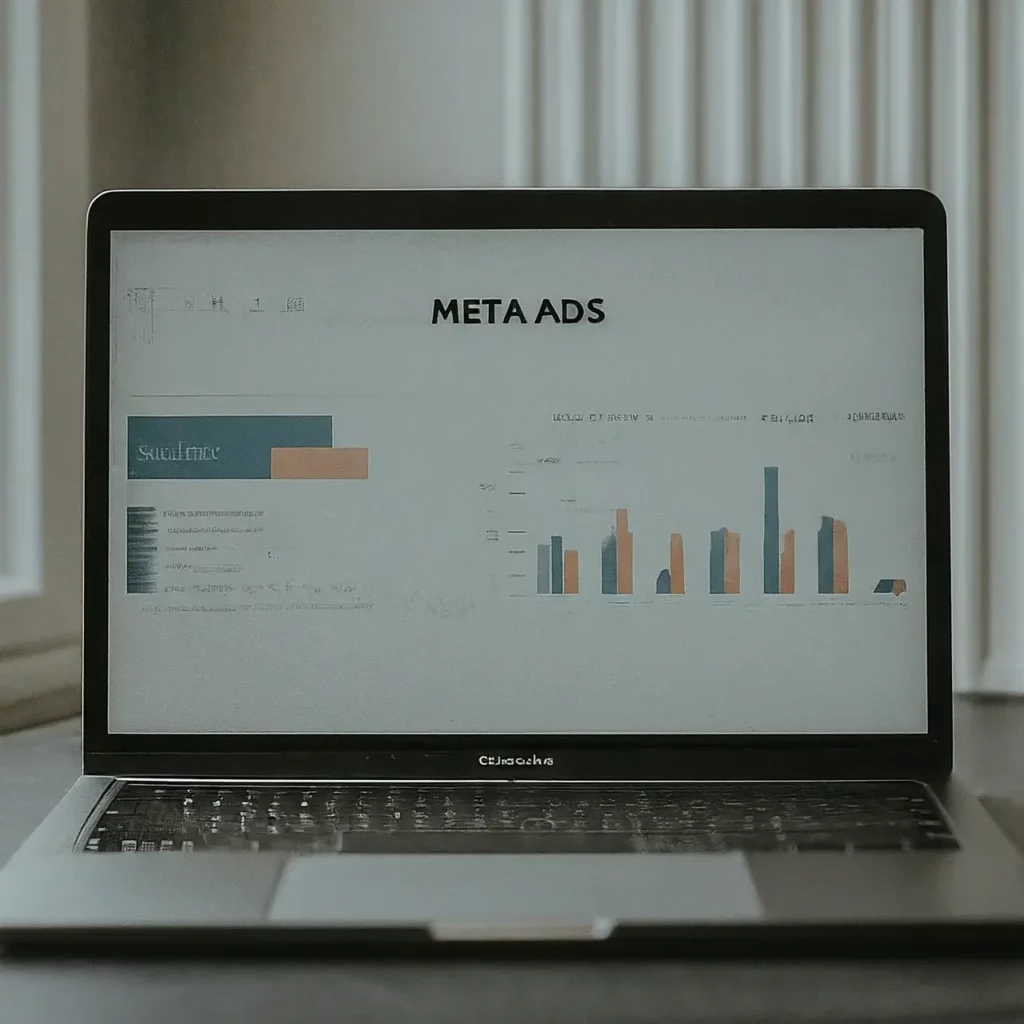In the rapidly evolving world of digital marketing, Meta Ads stand out as a powerhouse tool, offering unparalleled precision in targeting and analytics. This guide delves into why embracing Meta Ads can elevate your marketing strategy to new heights, helping you tap into the vast potential of social media platforms.
The Evolution of Meta Ads in Digital Marketing
The landscape of digital marketing has undergone significant transformations, particularly with the advent of Meta Ads. Initially conceived to capitalize on Facebook’s vast user base, Meta Ads have grown in sophistication, incorporating advanced AI and machine learning to refine targeting and effectiveness. Their evolution reflects a broader shift towards data-driven marketing, where decisions are informed by comprehensive user insights and behavioral patterns.
From simple banner ads to dynamic, user-engagement-based campaigns, the trajectory of Meta Ads has set new standards in how digital advertising is approached. Marketers now have at their disposal a suite of tools that enable not just broad reach but also nuanced engagement strategies tailored to diverse audience segments.
Understanding the Scope and Scale of Meta Advertising
Meta Ads harness the extensive network of platforms under the Meta umbrella, including Facebook, Instagram, WhatsApp, and Messenger. This cross-platform capability allows advertisers to reach over 2.8 billion monthly active users globally. The scope and scale of Meta Advertising present unprecedented opportunities for brands to engage with highly targeted audiences based on a multitude of demographic, psychographic, and behavioristic data points.
How Meta Ads Work: A Primer for Marketers
At the core of Meta Ads is a sophisticated algorithm that processes vast amounts of user data to match ads with potential customers. Advertisers can specify criteria such as age, interests, location, and much more, to ensure that their messages are seen by their ideal audience. Additionally, Meta’s retargeting capabilities allow marketers to re-engage users who have previously interacted with their brand, further enhancing the potential for conversions.
Beyond basic targeting, Meta Ads also offer creative formats and placement options that cater to diverse marketing objectives, from increasing brand awareness to driving website traffic and conversions. These tools, combined with detailed analytics, empower marketers to continuously optimize their campaigns for better performance.
The Strategic Advantages of Incorporating Meta Ads
Incorporating Meta Ads into a digital marketing strategy offers several strategic advantages. Their unparalleled targeting capabilities ensure that advertising budgets are utilized with maximum efficiency, reaching those most likely to engage with the brand. Moreover, the sophisticated analytics provided by Meta Ads allow for real-time campaign optimization, enhancing ROI through precise adjustments based on performance data.
Furthermore, the versatility of ad formats and placements across Meta platforms enables brands to experiment with creative strategies that resonate with their target demographics, fostering higher engagement and brand loyalty. These strategic advantages make Meta Ads a compelling choice for marketers looking to maximize the impact of their digital marketing efforts.
Best Practices for Creating Compelling Meta Ads
Creating compelling Meta Ads requires a blend of creativity, strategic planning, and ongoing optimization. High-quality, visually appealing images or videos can significantly increase engagement rates, while concise and clear messaging ensures that the ad’s intent is immediately understood. It’s also crucial to align the ad’s call to action (CTA) with the campaign’s overall objective, whether it’s to drive sales, increase website traffic, or boost engagement on the Meta platform itself.
Measuring Success: Analytics and Performance of Meta Ads
Measuring the success of Meta Ads campaigns is facilitated by Meta’s comprehensive analytics tools, which provide detailed insights into campaign performance, audience behavior, and conversion metrics. These tools enable marketers to track their return on investment (ROI) and identify which aspects of their campaigns are driving desired outcomes. Regular analysis of these metrics is essential for refining ad strategies and achieving optimal performance.
Future Trends of Meta Advertising in the Digital Ecosystem
Looking ahead, the future of Meta Advertising is likely to be characterized by further innovations in AI and machine learning, enhancing its targeting and analytics capabilities. We may also see an expansion in immersive ad formats, such as augmented reality (AR) and virtual reality (VR), providing new ways for brands to engage with audiences. As privacy concerns remain paramount, Meta is also expected to evolve its advertising solutions to align with changing data protection regulations while still delivering personalized ad experiences.
Harnessing the Power of Meta Ads
As we’ve explored, Meta Ads offer a robust platform for reaching your target audience with precision and creativity. Their evolving nature, coupled with the vast user data at their disposal, makes them an indispensable tool in the digital marketer’s arsenal. By staying informed and adaptable, marketers can leverage Meta Ads to not only stay ahead of the curve but also to forge meaningful connections with their audience.







